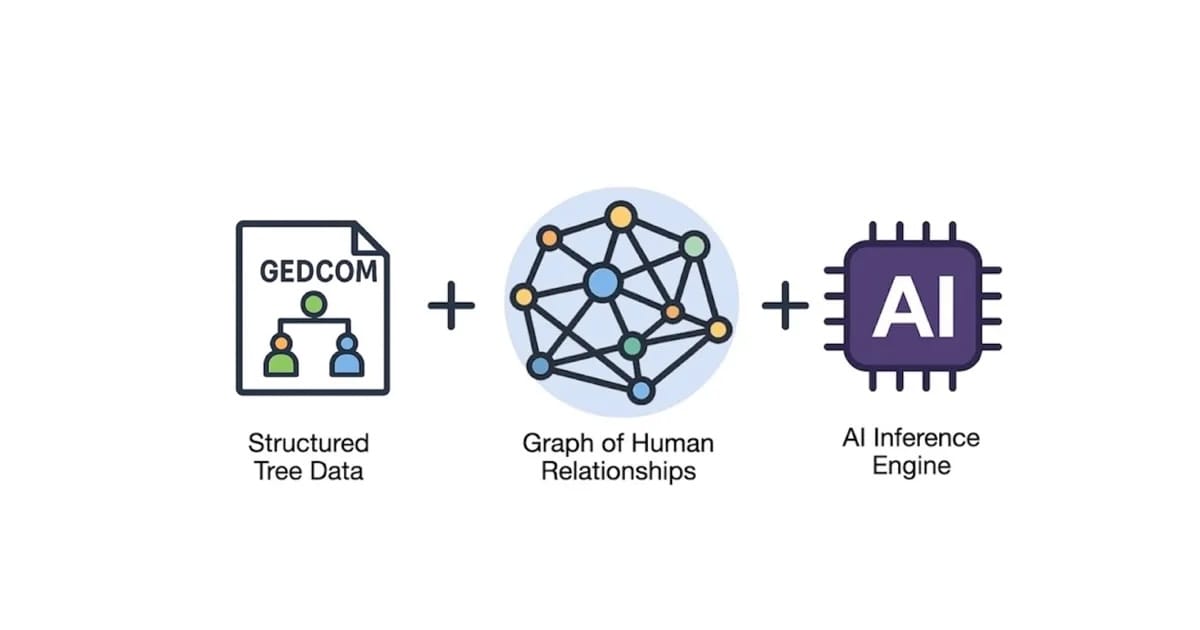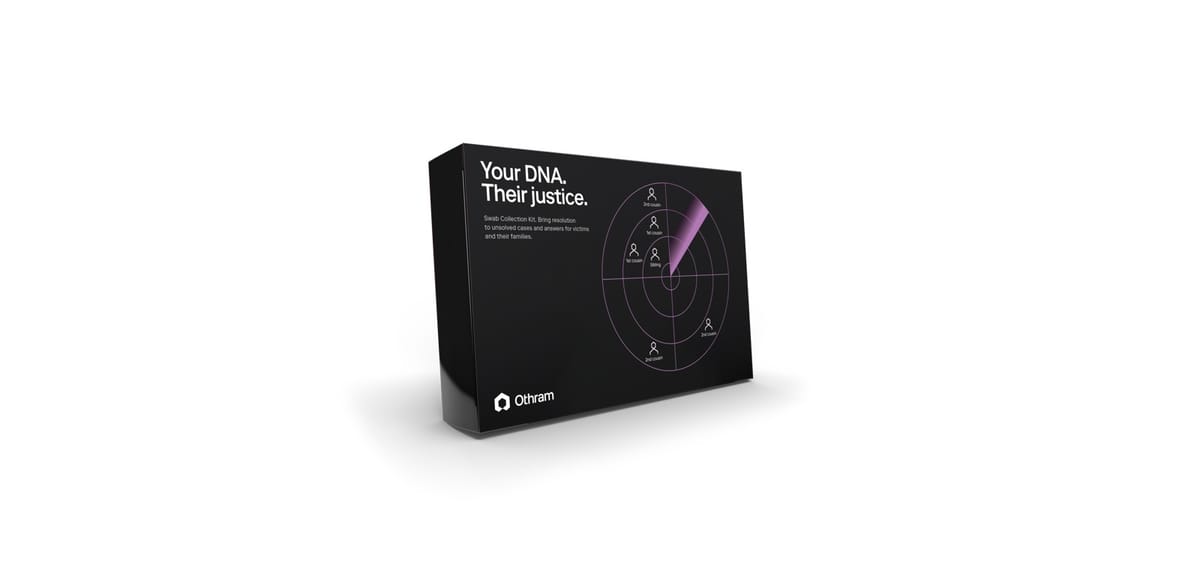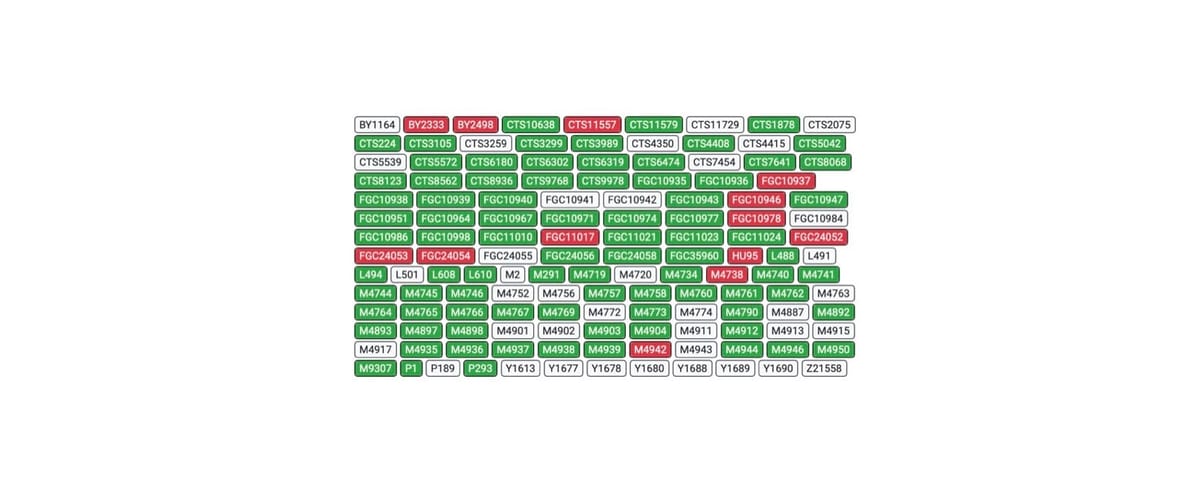AI-Assisted Genealogical Research Will Enable Scale for the Marine Corps Identification and Repatriation Effort
Modern AI-driven family history research tools will accelerate identification missions and help deliver long-overdue answers to families still waiting for their loved ones to be returned home.





